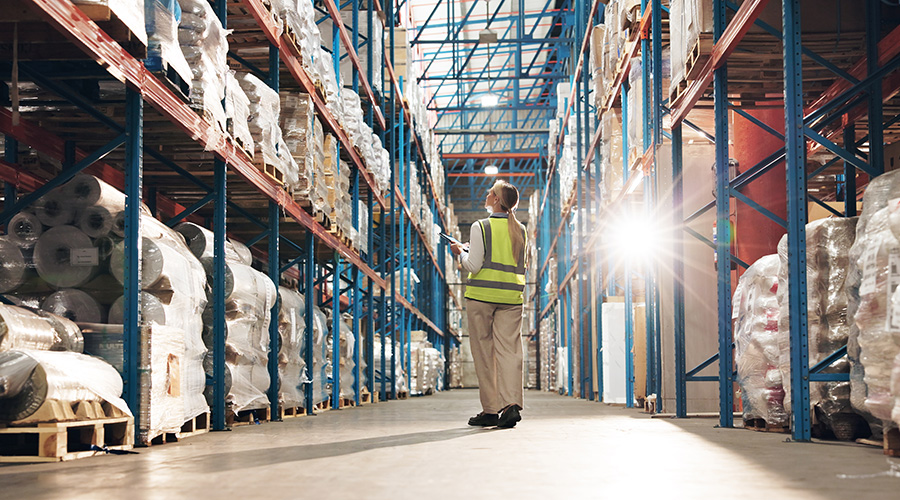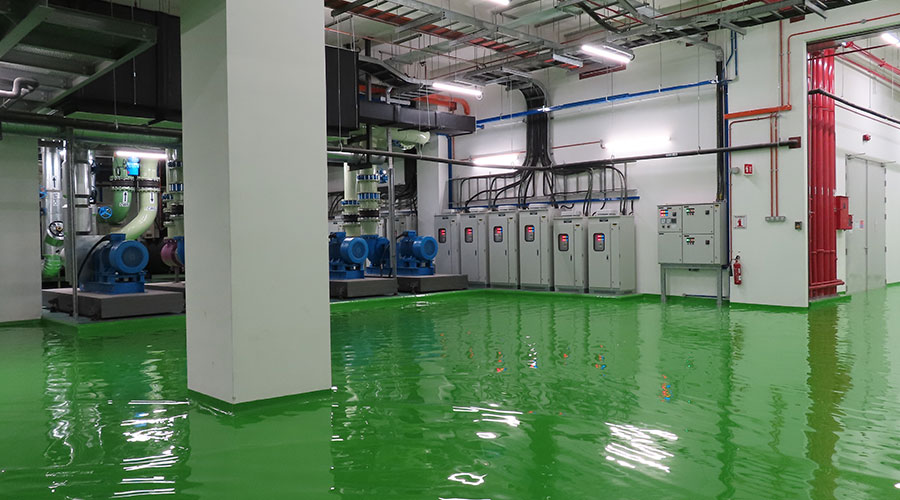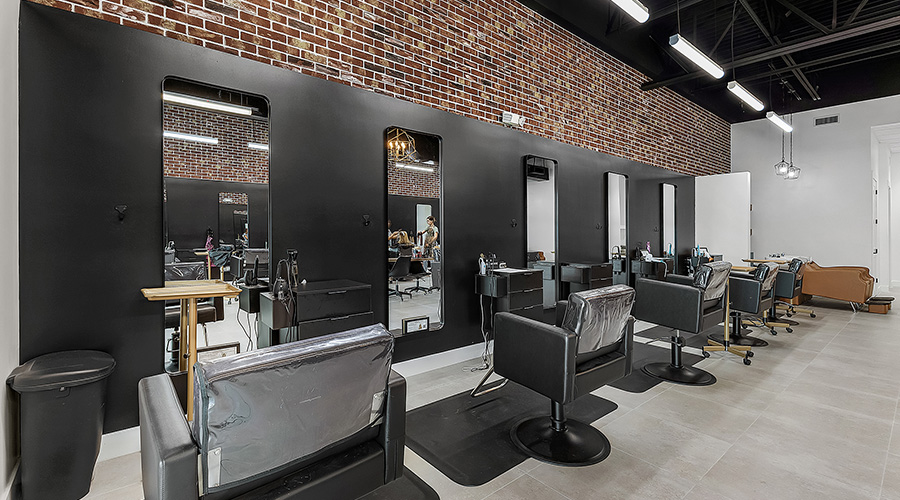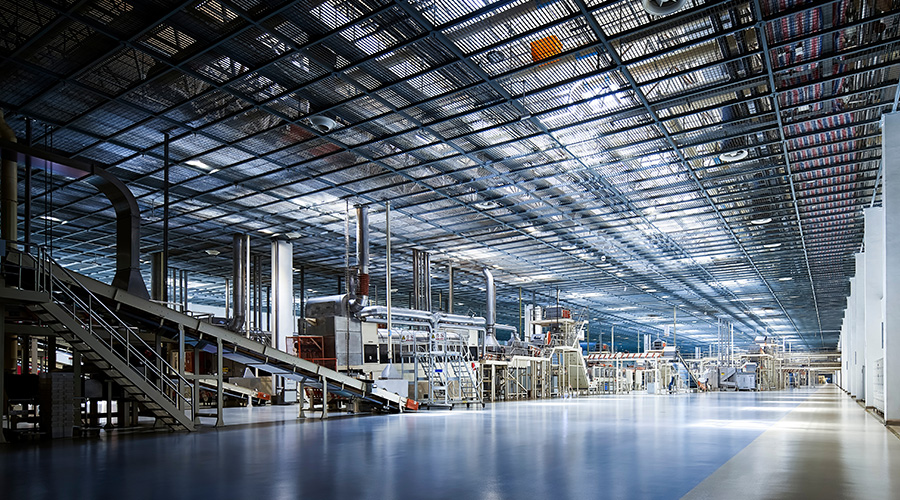
Tariffs 101: What Facility Managers Need to Know About Supply Chains
Facility managers need to brace for disruptions in the supply chain as tariff extensions are expected to end in the coming weeks. June 20, 2025
By Mackenna Moralez, Associate Editor
Since the COVID-19 pandemic began in March 2020, every industry has kept a close eye on their supply chains, anticipating the day it would eventually break. But if facility managers have learned anything in the ensuing five years, supply chains will not break. They will only bend.
Supply chains were under pressure long before the pandemic, though. In 2018, industries first felt initial strain when President Donald Trump placed steep tariffs on steel and aluminum products, resulting in an untimely trade war with China. The supply chain has yet to rebound to where it once was, instead adjusting to world events in real time, often at the hands of the consumer.
It should not have come as a surprise that President Trump placed another round of tariffs on goods from China, Mexico and Canada during his first few weeks in office in 2025. In response, the countries placed retaliatory tariffs on U.S. goods.
Since the initial executive order signaling the tariffs, the countries have gone back and forth on when the measures will go into effect, creating a lukewarm market for all industries, including facilities management. As extension deadlines quickly approach, many companies need to decide if they will rush to order materials before prices increase. It will not be shocking if many companies develop a wait-and-see approach.
“In 2024, the U.S. exported $19.3 billion worth of iron and steel mill products and $9.9 billion in aluminum,” says Sunderesh S. Heragu, regents professor at Oklahoma State University and senior member of Institute for Operations Research and Management Sciences. “It imported $37.8 and $17 billion worth of iron/steel and aluminum. The U.S. imports $2.9 billion worth of HVAC-related goods from China. The materials costs have already gone up for companies.”
It is predicted that companies might try to import more materials if they can be assured of their delivery before tariff extensions expire, but many materials and parts have a long lead time. Heragu says the safest approach for consumers and manufacturers is to put expenditures on hold until they can determine the true cost to procure, manufacture, assemble and supply goods.
“The impact will not be linear and affect only the countries which are having the tit-for-tat tariffs,” Heragu says. “The entire FM ecosystem will be impacted. It is better to identify the potential outcomes from a tariff war, as well as their probabilities, and generate alternative plans for each outcome so that when one occurs, the company is poised to implement strategies they have developed.”
Facility managers have long relied on supply chains that have been developed, perfected and trusted. To disrupt even a few links in the supply chain and replace them with alternative supplies is difficult enough in normal circumstances. Tariffs or unavailable materials will put managers under additional pressure as they try to diversify their providers.
“In today's uncertain world, where we are facing unexpected supply chain disruptions due to wars, tariffs, weather events, raw material shortages, labor unrest and political as well as demographic changes, it is important for purchasers to diversify their supplier sources across a region, country, or the world,” Heragu says. “The old practice of working with just one supplier for the benefit of both the supplier and the purchaser has been put to the test, especially during the pandemic.”
It is unclear what the exact intentions of the tariffs are. During his first term, Trump made broad claims of bringing manufacturing back to the states, but he has yet to take the additional steps to reshore production and develop a more educated and qualified workforce. While some parts or components of equipment used by facility managers might be amenable to reshoring, most cannot. Heragu says that reshoring requires significant capital investment from companies and infrastructure investment by local, state and federal governments.
“Even if we are able to invest in infrastructure, it is not clear that we have sufficient labor available to manufacture all the products, materials and components used in the FM industry,” Heragu says. “Many American workers many not be willing to work in an industry where working conditions and wages do not meet their minimum expectations.”
As managers continue to navigate an uncertain market, they can earn quick wins by ramping up preventive maintenance measures to extend equipment life. Managers can also turn to new-generation software and technology to automate preventive maintenance systems, freeing up time to focus on other important tasks.
“The easiest option for facility managers to undertake is to put all capital expansion decisions on hold,” Heragu says. “However, this can only be done for a short period. Putting capex decisions on hold is not sustainable in the long run. Thus, another option for companies and facility managers to consider is to undertake preventive maintenance. They can extend the life of existing systems by repairing existing equipment or strengthening them in a way that extends the life of components in the FM system.”
Heragu says sourcing parts from countries where tariffs are relatively low will not strain already tight budgets. This strategy can also help managers work with providers to understand the inevitability of price increases if tariffs are not rescinded in the coming weeks.
“Since 2016, there has not been much stability in how the U.S. works with its main trading partners,” Heragu says. “We have gone from a tariff regime to a more trade-friendly regime, and now back to a tariff regime. Such wild swings could have many short-term and even long-term effects. This includes a redrawing of the supply chains.”
Mackenna Moralez is the associate editor and the host of the Facilities in Focus podcast.
Next
Read next on FacilitiesNet












